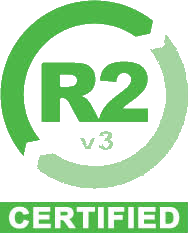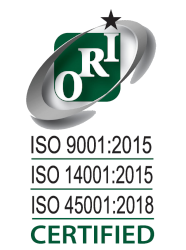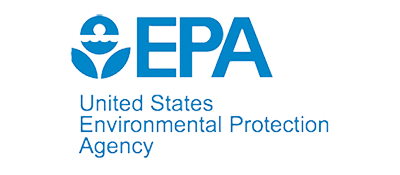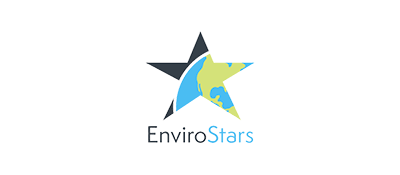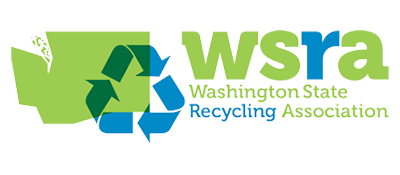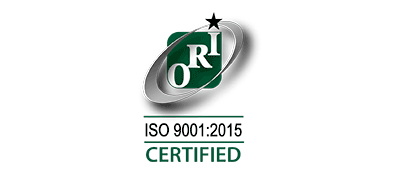Published on September 21, 2021, Updated on August 23, 2023
R2:2013 (RESPONSIBLE RECYCLING©)
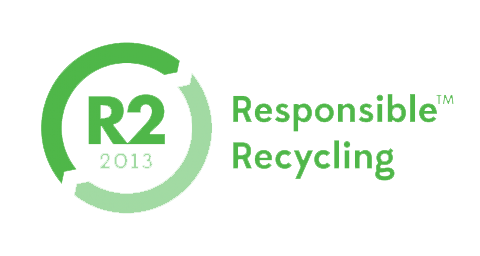
The R2:2013 standard is described as “Responsible Recycling (“R2″) Practices for Use in Accredited Certification Programs for Electronics Recyclers”. The standard requires R2 certified companies implement policies and procedures to manage used and end-of-life electronics equipment, components and materials. These policies are audited annually by a third-party registrar and layout procedures for data security, approved downstream vendors, environmental recovery & disposal and reuse. The international R2 recycling standard guarantees your business electronics will be reused when possible, disposed of in a secure, convenient, and environmentally respectful way in the US and when exported abroad. Initiated by the US Environmental Protection Agency, the R2 Standard is the result of a successful collaboration between public, private, and non-profit sectors.Responsible electronics recycling provides important benefits, such as the following:
a) Reducing environmental and human health impacts from improper recycling
b) Increasing access to quality reusable and refurbished equipment to those who need it
c) Reducing energy use and other environmental impacts associated with mining and processing of virgin materials, conserving our limited natural resources
ISO 14001:2015 (ENVIRONMENTAL HEALTH & SAFETY MANAGEMENT)
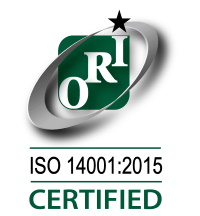
This specifies the requirements for an environmental management system that an organization can use to enhance its environmental performance. ISO 14001:2015 is intended for use by an organization seeking to manage its environmental responsibilities in a systematic manner that contributes to the environmental pillar of sustainability. It helps an organization achieve the intended outcomes of its environmental management system, which provide value for the environment, the organization itself and interested parties. Consistent with the organization’s environmental policy, the intended outcomes of an environmental management system include:
a) enhancement of environmental performance;
b) fulfilment of compliance obligations;
c) achievement of environmental objectives.
ISO 45001:2018 (OCCUPATIONAL HEALTH & SAFETY MANAGEMENT)
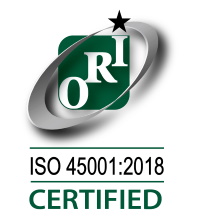
a) continual improvement of OH&S performance;
b) fulfilment of legal requirements and other requirements;
c) achievement of OH&S objectives.
EHSMS Policy
1 Green Planet Has adopted the requirements of:
a. ISO 14001:2015,
b. ISO 45001:2018
c. Responsible Recycling Practices (R2):2013, and
This policy has been established to be appropriate to the purpose, size, context nature, scale, environmental impacts and EHSMS risks and EHSMS opportunities of the organization’s activities, and services in accordance with the scope of the EHSMS.
1 Green Planet is committed to:
- Comply with and fulfill all applicable legal and data security requirements
- Continually improve upon the effectiveness of the Environmental Health and Safety Management System to enhance Environmental Health and Safety
- Protection of the Environment: increase reuse of electronic assets, including prevention of pollution and increase the recycling of EOL material/s
- Providing safe and healthy working conditions for the prevention of work-related injury and ill-health
- Providing framework and developing and maintaining a Procedure for Establishing and achieving Objectives & Targets for Environment and OH&S
- Follow Re-use, recover and dispose of hierarchy throughout the recycling chain
- Eliminate hazards and reduce OH&S risks
- Consultation and participation of workers, and, where they exist, workers’ representatives.


